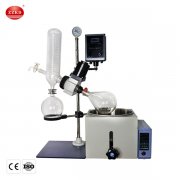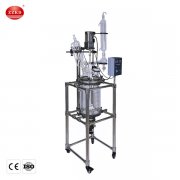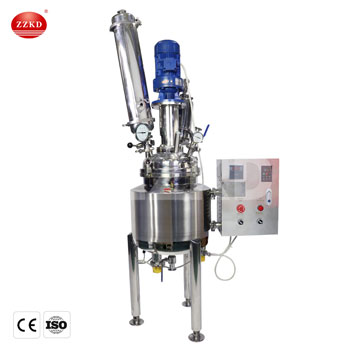Spray drying is an innovative food processing technology that transforms liquids, such as fruit juices or purees, into stable powdered form, while retaining much of the original flavor, aroma, and nutritional value. Spray dried fruits are gaining popularity in the food industry because they offer convenience, extended shelf-life, and versatility. For manufacturers, this technology is especially appealing because it allows large-scale production of fruit powders with consistent quality.
How Spray Drying Works
Spray drying involves atomizing the fruit juice/puree into tiny droplets and rapidly drying them in a chamber using hot air. In just a few seconds, the moisture evaporates, leaving behind dry fruit powder. This process preserves much of the fruit’s natural essence.
The three main stages of spray drying are:
-
Atomization: The fruit liquid is converted into tiny droplets using a spray nozzle or rotary atomizer.
-
Drying: Hot air rapidly evaporates water from the droplets.
-
Collection: The dried particles are separated from the drying air and collected as powder.
Question: Why is spray drying considered better than traditional sun-drying for making fruit powders?
Answer: Spray drying offers greater control over moisture content, protects the flavor from degradation, and prevents microbial contamination, resulting in a cleaner, safer, and more consistent product compared to sun-drying.
The Advantages of Spray Dried Fruits
Spray dried fruits have several distinct advantages:
-
Extended Shelf Life: Removing moisture slows down microbial growth and oxidation.
-
Ease of Transport: Fruit powders weigh less, reducing transportation costs.
-
Versatility: Can be easily mixed into beverages, baked goods, cereals, and more.
-
Nutrient Retention: Although some heat-sensitive nutrients are reduced, most vitamins and flavors are preserved.
According to a study by the Institute of Food Technologists, spray drying efficiency for preserving natural fruit pigments can reach up to 90% when optimized, making it one of the most effective commercial drying methods for delicate flavors and colors. This high retention translates directly to better consumer acceptance and higher market value.
Question: Can spray drying completely replace freeze drying for fruits?
Answer: Not always. While spray drying is faster and generally more cost-effective, freeze drying often retains slightly more nutrients and natural appearance. The choice depends on the desired end-product characteristics and cost considerations. For example, spray dried fruits excel in powdered applications, whereas freeze-dried fruits are better for whole, crunchy snack use.
Applications of Spray Dried Fruit Powders
Spray dried fruit powders are widely used in:
-
Beverage mixes like instant smoothies and flavored teas
-
Ice creams, yogurts, and confectionery
-
Bakery products for natural flavor enhancement
-
Nutritional supplements and sports nutrition formulas
One key advantage for manufacturers is consistency. With spray drying, every batch of fruit powder can have nearly identical moisture, color, and flavor, which is crucial for global brands.
Comparing Spray Drying with Freeze Drying
Both spray drying and freeze drying are widely used in food production, but they have different operational principles and results. Spray drying involves hot air evaporation, making it faster and less expensive for high-volume production. Freeze drying, on the other hand, sublimates water under vacuum, preserving structure but at a higher operational cost.
If curious about freeze drying, see our guide on how to freeze dry candy using a machine or read about whether a spray dryer is better than a dehydrator.
Question: Is spray drying safe for all types of fruits?
Answer: Generally, yes, but each fruit may require different process adjustments. High-sugar fruits may need anti-caking agents, and fruits with volatile flavors may require lower inlet temperatures to avoid aroma loss.
Future Outlook
The global market for spray dried fruit powders is growing rapidly due to demand for natural flavors in convenient forms. Advances in encapsulation technology are improving nutrient and flavor protection. With the increasing focus on sustainable packaging and energy efficiency, modern spray dryers are also becoming more eco-friendly.
Interestingly, according to a market research report, the spray drying equipment market is projected to grow at a CAGR of over 5% in the coming years, driven heavily by the food and beverage sector.
Conclusion
Spray dried fruits are a perfect blend of technology and taste, providing longer shelf-life, easier transportation, and versatile applications. Whether for large beverage companies or small-scale health food brands, this technique offers a scalable, cost-effective solution for fruit ingredient production. For precision and efficiency in production, high-quality spray drying machines are essential tools in the modern food processing industry.

 Products
Products























